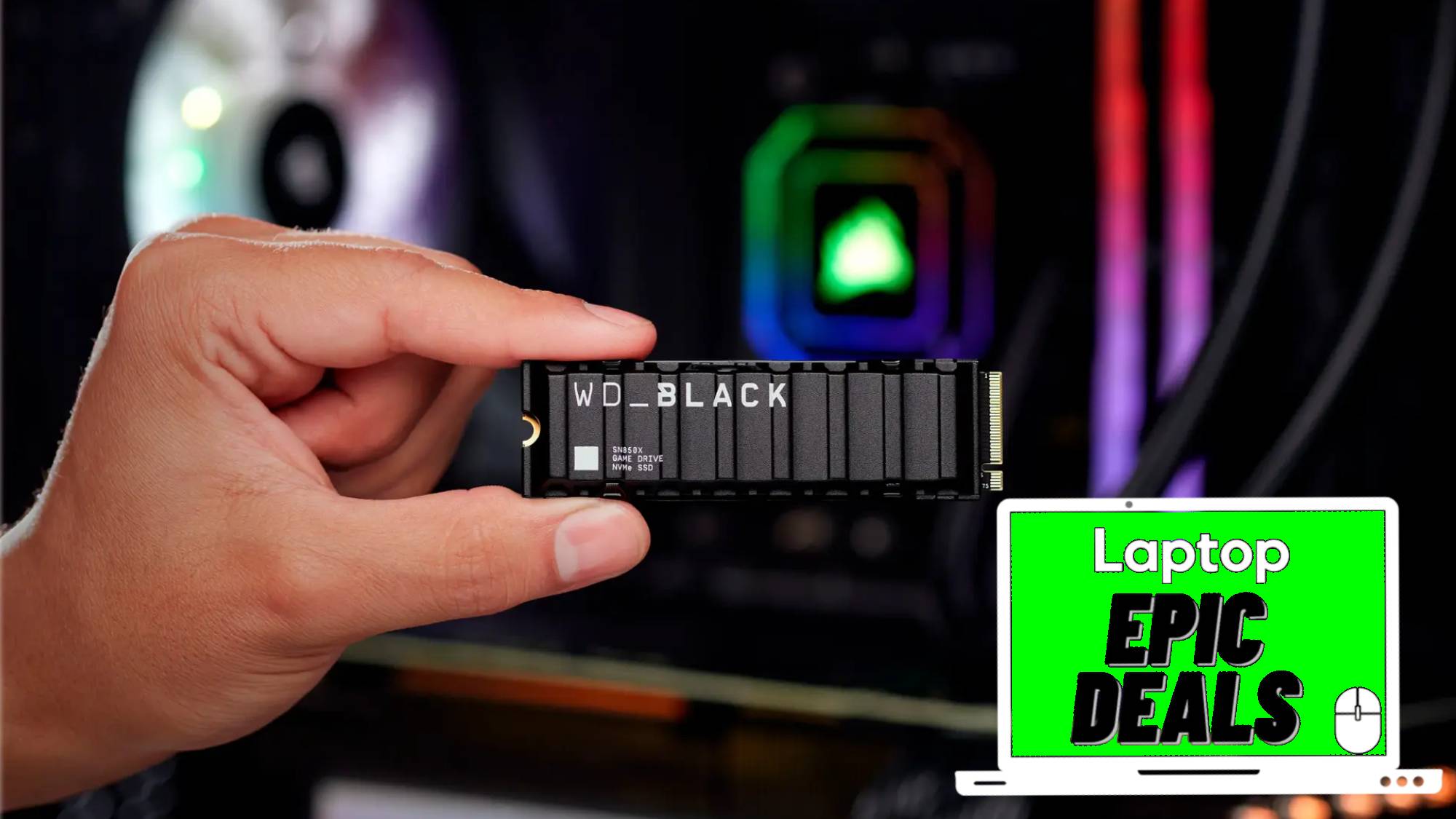Samsung Galaxy S23 vs iPhone 14: Which one is better?
Which should you buy — iPhone 14 or Samsung Galaxy S23?
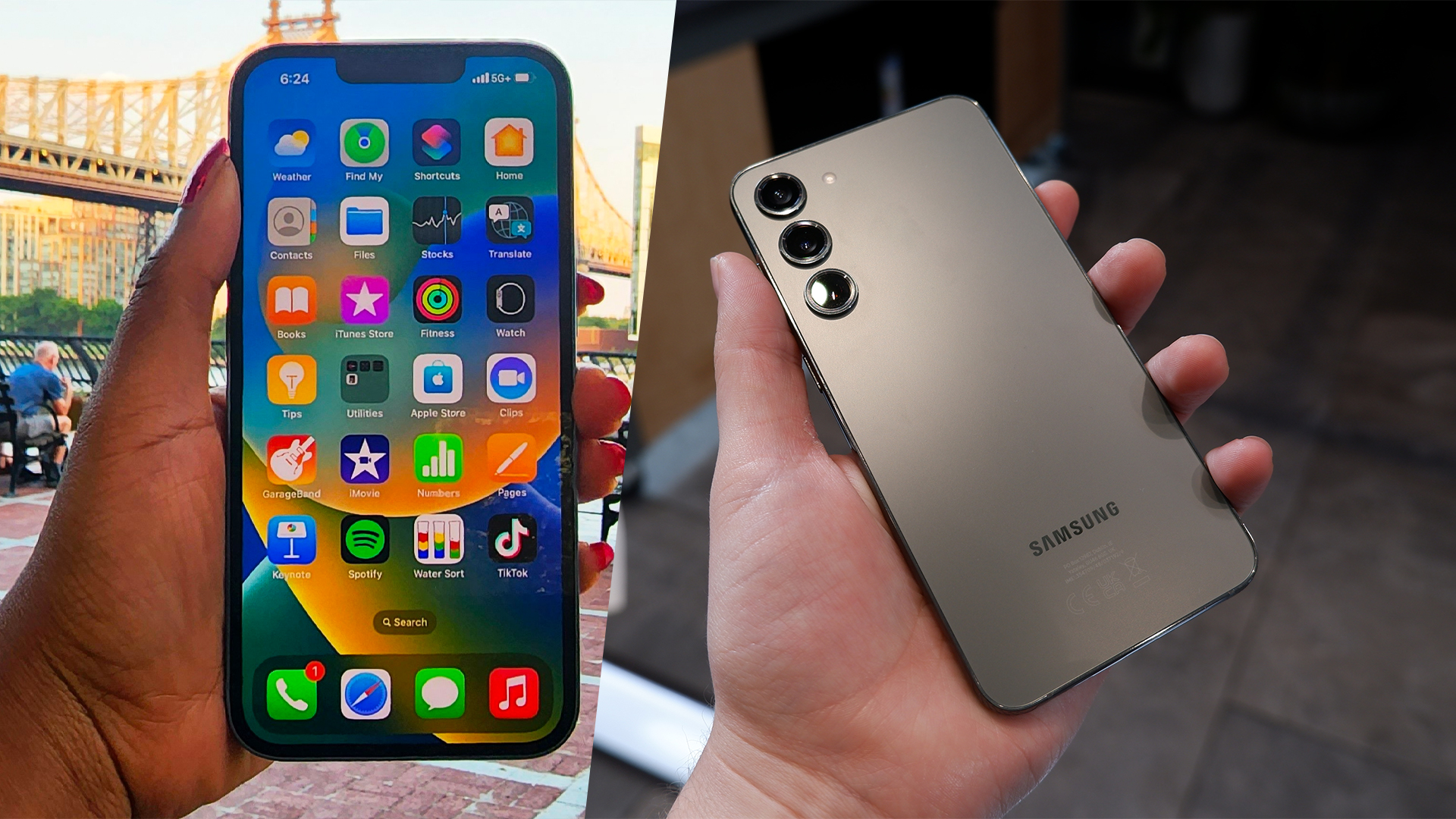
The Samsung Galaxy S23 is here, and it brings small refinements and updates to what was already a stellar Galaxy S22.
With a bigger battery, improved night photography thanks to some AI enhancements, and an upgrade to Snapdragon 8 Gen 2, alongside a refreshed design to fall in line with the Ultra, it looks as if Samsung has answered all of the big criticisms of last year’s phone.
But there is one formidable foe that it needs to conquer, in order to be the one true mainstream flagship champ — the iPhone 14. Again, this is a phone that bought small updates to the table to create a better all-rounder for any user.
So, which one is better? Let’s break down the specs and hands-on time to figure it out.
Samsung Galaxy S23 vs iPhone 14: Specs
| Spec | Samsung Galaxy S23 | Apple iPhone 14 |
|---|---|---|
| Screen size | 6.1 inches | 6.1 inches |
| Refresh rate | 120Hz | 60Hz |
| Storage | 128GB / 256GB | 128GB / 256GB / 512GB |
| CPU | Snapdragon 8 Gen 2 | A15 Bionic |
| RAM | 8GB | 6GB |
| Rear cameras | 50MP main/12MP ultrawide/10MP telephoto | 12MP main/12MP ultrawide |
| Front camera | 12MP | 12MP |
Samsung Galaxy S23 vs iPhone 14: Price
Pricing has remained the same across the board for both of these phones. That means you can pick up both the iPhone 14 and Galaxy S23 at a starting price of $799. This will get you the base memory of 128GB of UFS 3.1 storage.
Samsung Galaxy S23 vs iPhone 14: Design
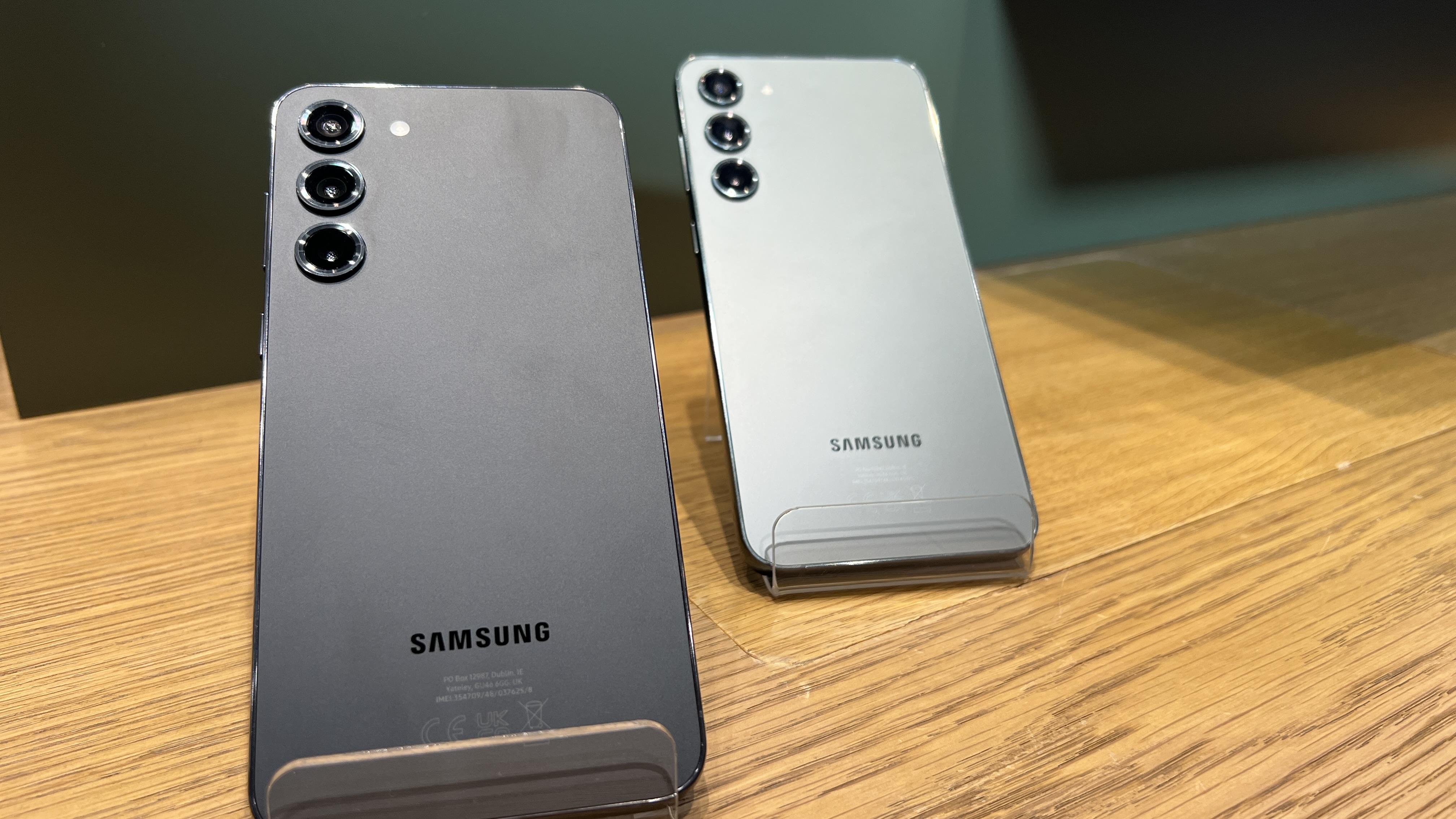
While one has changed a little to make a unified Galaxy phone lineup, the other one hasn’t changed at all.
Samsung’s phone looks and feels a little more refined in the hand with its shiny aluminum band that’s been chamfered to a curved shiny finish. I do miss the integrated camera bump into the edge, though, as the company has opted for individual lens bumps (like the S23 Ultra). Meanwhile the iPhone 14 sticks to its guns and gives us an identical design to the previous iPhone 13 — all flat everything in a call back to the utilitarian look of the iPhone 4.
Stay in the know with Laptop Mag
Get our in-depth reviews, helpful tips, great deals, and the biggest news stories delivered to your inbox.
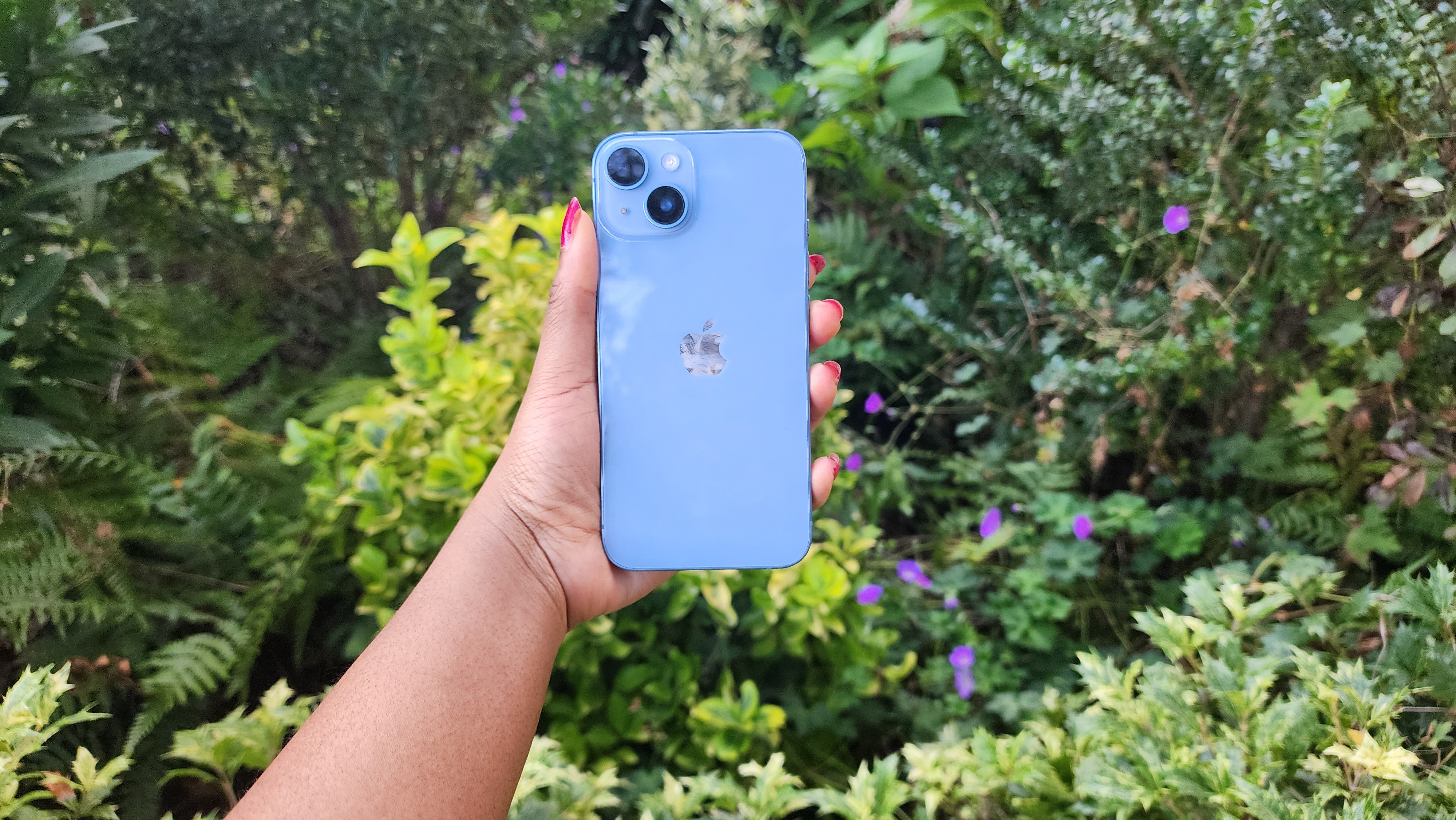
Flipping them over, you’ll scratch your head figuring out what’s actually changed? The answer is “nothing” on the aesthetic side. The S23 has the same flat display with a small camera cut out up top, and the iPhone 14 keeps the notch — like an irksome guest who overstays their welcome.
Going into specifics, the iPhone 14 measures in at 5.78 x 2.81 x 0.31 inches with a weight of 6.07 ounces, and the Samsung Galaxy S23 is a touch shorter at 5.75 x 2.79 x 0.29 inches, and lighter too at 5.89 ounces.
Samsung Galaxy S23 vs iPhone 14: Display
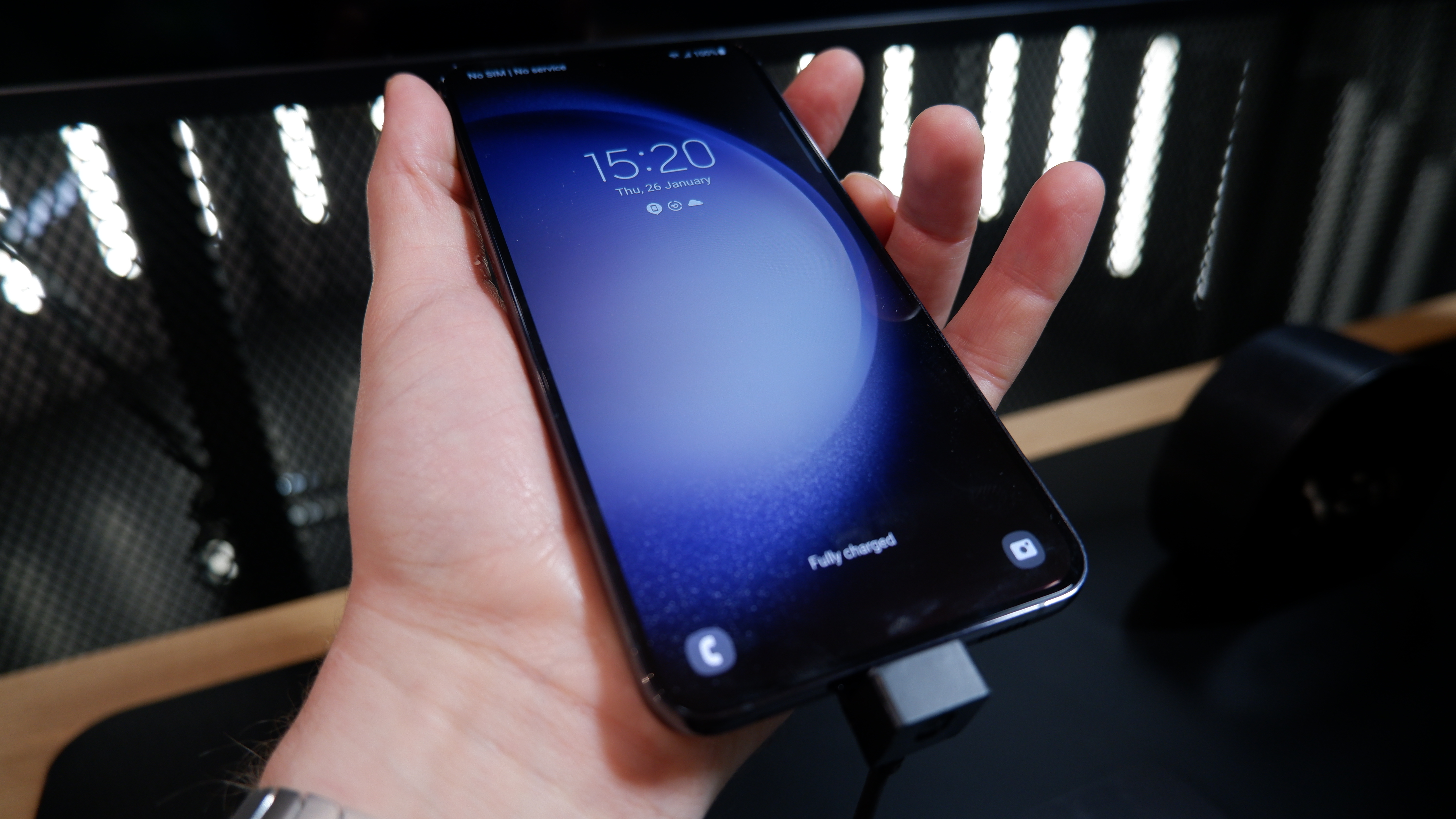
Much like last year, the iPhone 14 pips the Galaxy S23 in resolution, while Samsung thrashes Apple in the refresh rate smoothness department.
The iPhone 14 packs a 6.1-inch, 2532 x 1170-pixel, Super Retina XDR (OLED) panel, which to sum up Kimberly’s own words in her review, sports crisp detail, a decent brightness, and color reproduction, but is starting to feel slow and tired now at that 60Hz refresh rate.
Meanwhile, the Galaxy S23 offers the same screen size (6.1-inches), but a lower resolution at 2340 x 1080 pixels. This is the second generation of Samsung’s dynamic OLED tech, which boasts HDR 10+ and a variable refresh rate of up to 120Hz.
In personal use, the colors pop off the screen with an impressive luminosity, suggesting the brightness is nice and strong, and the slickness of the UI just slides across the display with effortless grace.
When making a decision about the display for yourself, ask what matters to you most between resolution and refresh rate. The iPhone display is all fair and good, but as someone who has seen higher refresh rates before, it’s hard to go back to 60Hz — especially in a phone at this price.
Samsung Galaxy S23 vs iPhone 14: Processor
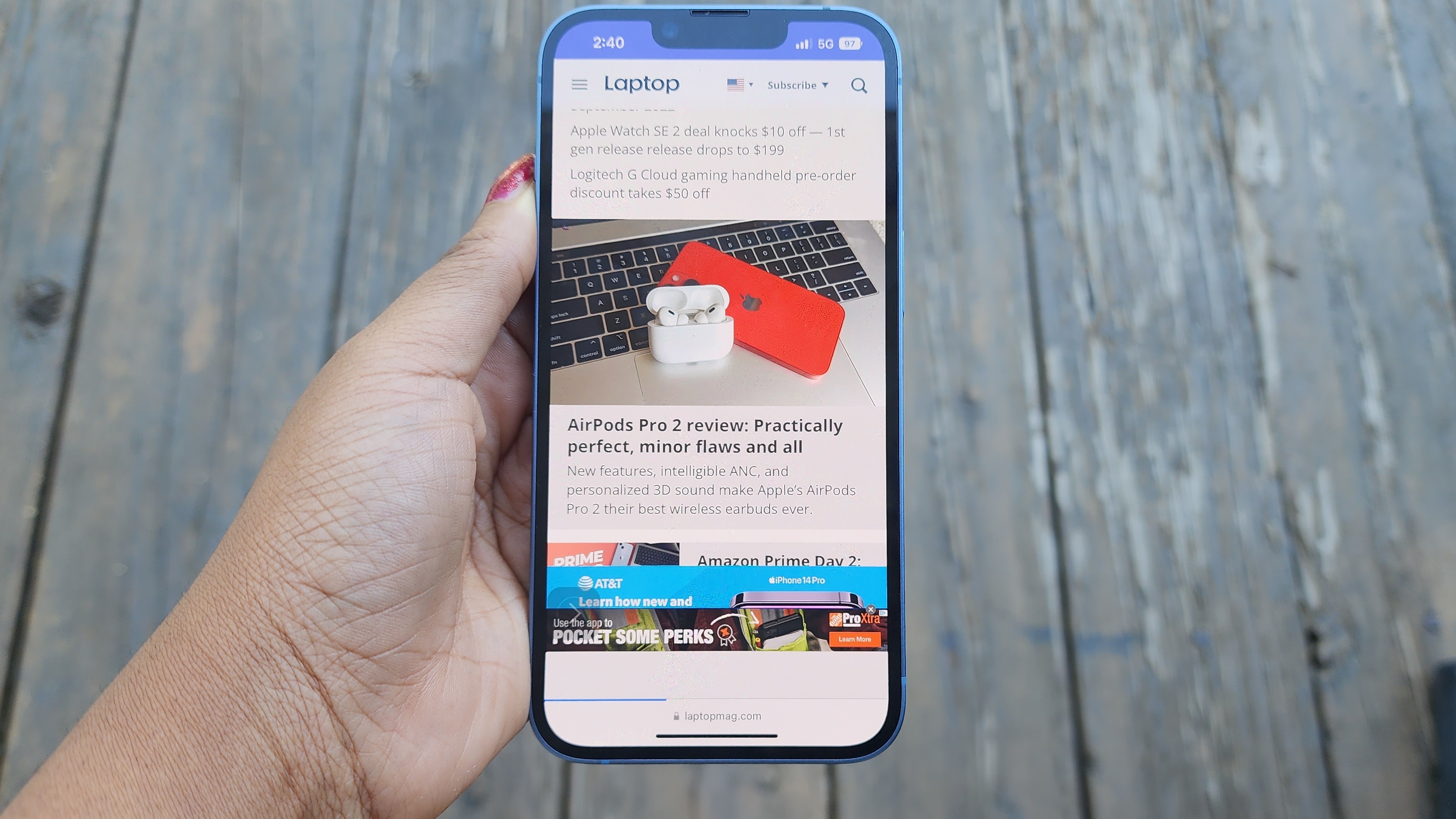
This is where things start to get a little interesting. Apple has been at the top of its game when it comes to smartphone chipsets, and while the iPhone 14 doesn’t pack the latest and greatest A16 Bionic, it’s performance still outstrips a lot of the competition.
In our lab testing, the A15 Bionic (with the 20% performance boost you saw in the iPhone 13 Pro, thanks to the additional GPU core) achieved a spectacular Geekbench 5 multi-core score of 4,554. To put that into perspective, the Snapdragon 8 Gen 1 in the Galaxy S22 achieved a respectable score of 3,341 — still good, but it got absolutely trounced.
However, we’re not in Gen 1 territory anymore. The Samsung Galaxy S23 sports a Snapdragon 8 Gen 2 chipset with Adreno 740 graphics, which promises impressive gains over the last generation with its 4nm process. How significant? Well, we don’t know for sure. But based on the numbers the RedMagic 8 Pro is pumping out with the same setup (5,059 multi-core score), the jump could be dramatic.
Performance is the big question mark hanging over the Galaxy S23 right now. What is the Snapdragon 8 Gen 2 going to be like in a phone that doesn’t have a fan like the Redmagic 8 Pro we tested (review coming soon). The simple answer is almost certainly going to be “it’s fast,” but we’ll see how it fares against the still mighty A15 Bionic in the iPhone 14.
Samsung Galaxy S23 vs iPhone 14: Cameras
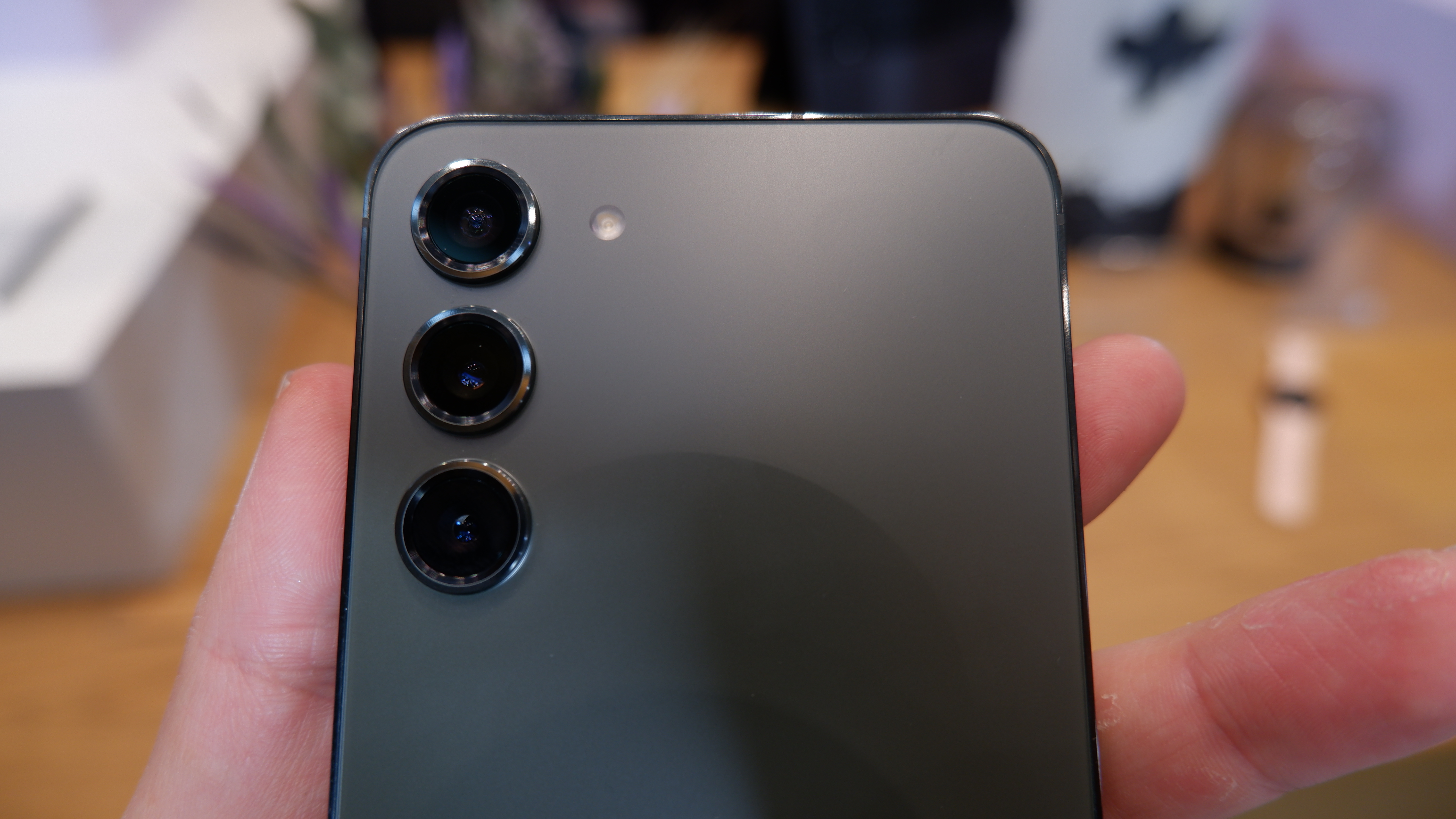
Let’s get snap happy and take a look at the cameras. Both phones stick largely to the status quo set by its predecessors, except for some tiny tweaks to the formula.
The iPhone 14, like the iPhone 13, has two 12-megapixel rear cameras and one front-facing 12MP selfie camera. The main shooter has an f/1.5 aperture, whereas the ultra-wide has a narrower f/2.4 aperture. Apple also boasts that there’s a big jump in low-light performance on the wide camera (49%) — in our review, the visual differences between the 13 and the 14 were minimal (not a bad thing), but the night performance is boosted by quite a bit.
Meanwhile, the Samsung Galaxy S23 has the following camera setup:
- 50MP main camera with f/1.8 aperture
- 12MP ultra-wide with f/2.2 aperture
- 10MP telephoto with f/2.4 aperture
- 12MP selfie camera
If you’re thinking “that sounds familiar,” it is. That is exactly the same setup as the Galaxy S22, but Samsung does claim enhanced night-time photography, thanks to some AI object-aware enhancements and dual-pixel autofocus.
In the small amount of time I had to test the S23, the photo quality is very “Samsung.” By that, I mean rich in saturation. Of course, there are tools and filters you can use to either edit them in post or turn down that color. But if this look is not your thing (and you don’t want to go the iPhone route), I’d recommend looking towards the likes of the Google Pixel 7.
Samsung Galaxy S23 vs iPhone 14: Battery life
We haven’t tested the Samsung Galaxy S23, but we already know the battery life is going to be improving a bit thanks to the 200mAh extra capacity — taking it up to 3,900mAh. That said, though, the S22 was already pretty good at stamina. We saw this in our battery informant test result of 11 hours and 3 minutes.
On the other side of the aisle, the iPhone 14 has a smaller battery cell (3,217mAh), but nothing quite beats the ruthless efficiency of iOS and the Apple-made chipset. However, power management doesn’t make up for small batteries, as the total time in our test hit 9:01 before dying. That’s below our 9:18 smartphone average.
Outlook
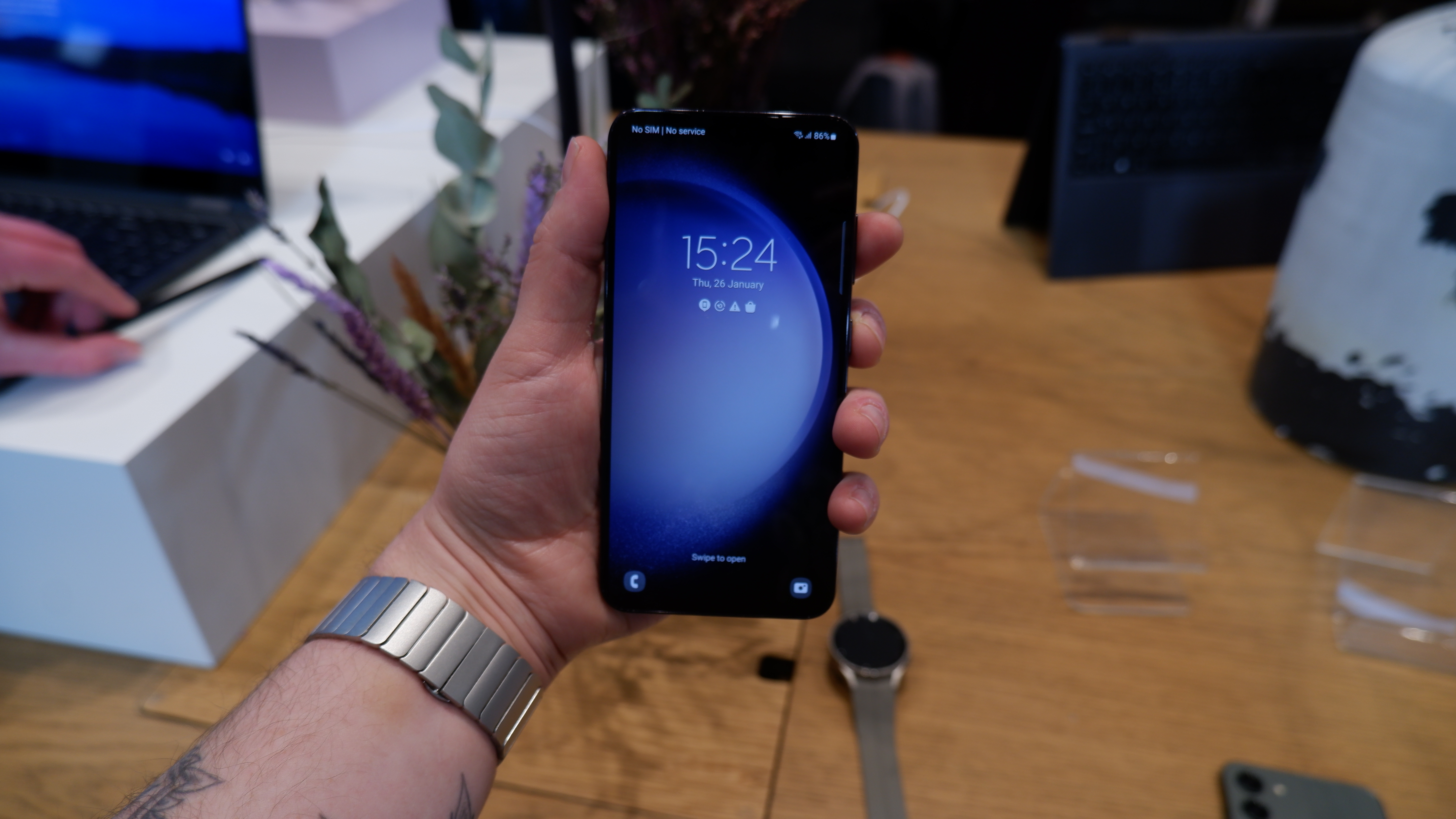
One thing is for sure — both the Samsung Galaxy S23 and Apple’s iPhone 14 are minor upgrades over their predecessors. But you’re definitely getting a little more from your money in the S23 than you are with the iPhone.
Of course, a lot of this will come down to personal preference, and I won’t make a final judgement either way until we’ve had time to review the Samsung. But things are looking up for the mainstream Android blower.

Jason brought a decade of tech and gaming journalism experience to his role as a writer at Laptop Mag, and he is now the Managing Editor of Computing at Tom's Guide. He takes a particular interest in writing articles and creating videos about laptops, headphones and games. He has previously written for Kotaku, Stuff and BBC Science Focus. In his spare time, you'll find Jason looking for good dogs to pet or thinking about eating pizza if he isn't already.
